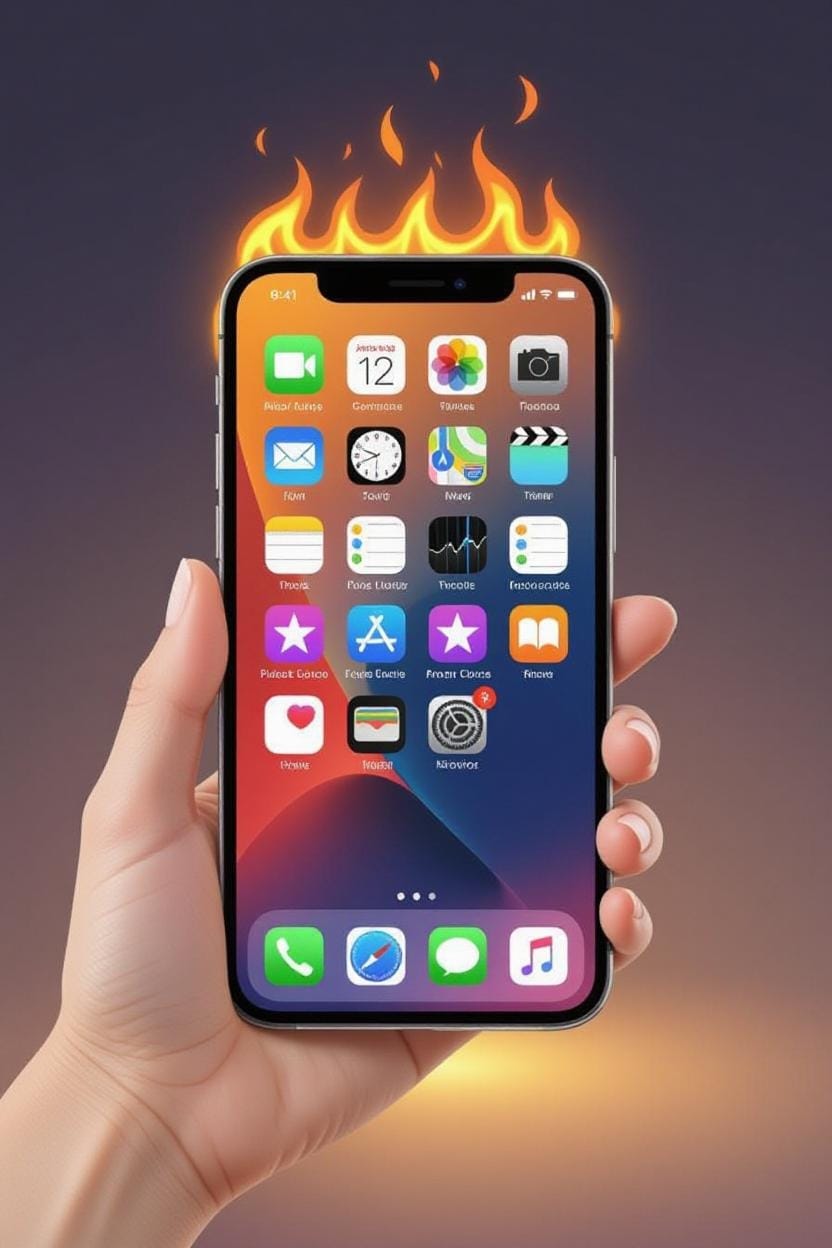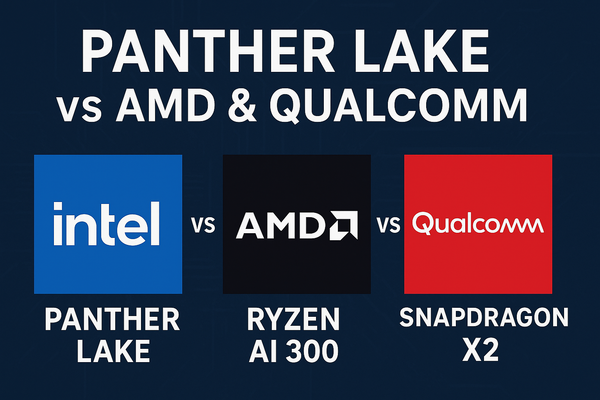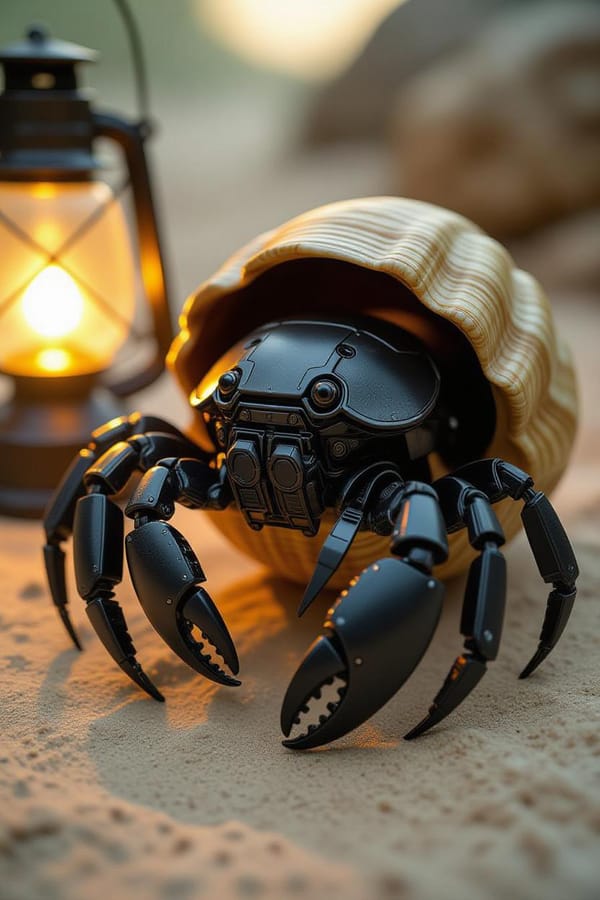Slow and Steady Wins the Race? The 5W vs. 20W Overnight iPhone Battle

You’ve got the ultimate pocket computer: the rumored iPhone 17 Pro Max. It’s a beast, supporting lightning-fast charging (likely peaking around 36W!), but you're a responsible owner who wants that battery health percentage to stay at 100% forever.
The question then becomes: When you’ve got 6–7 hours of precious sleep time, should you use the cozy, vintage 5W Apple brick or the high-octane 20W USB-C powerhouse?
The short answer you received is absolutely correct, and here’s a fun, techy dive into why using that ancient 5W square makes you the ultimate long-game charging champion.
The Contenders
| Charger | Personality | Power Output | Key Benefit |
| Apple 5W Brick | The Zen Master | Slow and Steady (5 Volts @ 1 Amp) | Minimal Heat. The kindest charge. |
| Apple 20W Brick | The Race Car | Fast and Furious (USB Power Delivery) | Blazing Speed. Hits 50% in minutes. |
The Science of "Slow" and the Villain: Heat
The core of this debate boils down to one simple, scientific truth: Heat is the single greatest enemy of your lithium-ion battery.
When you dump a ton of power (20W+) into your phone quickly, your battery’s internal resistance fights back, and that energy is released as heat. Modern iPhones are smart—they actively throttle the charge speed once they start warming up—but that initial blast still happens.
The 20W Scenario: The Early Bird Special
- The First Hour: The 20W charger shoves power into your iPhone 17 Pro Max, heating it up noticeably as it races from 1% to your desired 80% cap. It hits 80% in well under an hour.
- The Long Wait (5+ Hours): For the rest of the night, the iPhone is fully charged (to 80%) and sitting idle, cooled down and safe.
- The Tradeoff: You traded a quick burst of heat for speed. Since you didn't need the speed, you unnecessarily stressed the battery for that first hour.
The 5W Scenario: The Patient Gardener
- The Entire Night: The 5W charger gently trickles power into the phone. It generates so little heat that the phone barely notices it's charging. The temperature remains at a comfortable ambient level.
- The Result: Over 6–7 hours, the 5W charger easily coasts to your 80% limit, having minimized thermal stress across the entire charging cycle.
Your battery cells, when charged slowly and gently, undergo less mechanical and chemical stress on their anodes and cathodes. It's the equivalent of a calm walk versus a full-out sprint—both get you to the finish line, but one is a lot less taxing on the body (or, in this case, the battery).
The Secret Weapon: The 80% Limit
Your charging habit—limiting the charge to 80%—is the perfect complement to the 5W charger, turning it into the ultimate battery guardian.
Lithium-ion batteries hate being full (100%) and they hate being empty (0%). They are happiest, and under the least chemical strain, in the mid-range (20%–80%).
- Safety Zone: By capping your charge at 80%, you are already doing the best thing possible for long-term capacity retention.
- No High Voltage Stress: The 5W charger ensures you reach that safe 80% zone in the gentlest way possible. You avoid the high-voltage and high-heat stress that occurs when the phone is pushed to its speed limit.
The advantage is definitively with the 5W original Apple charger for your overnight routine. It’s boring, it’s slow, but it's the kindest way to treat the expensive, non-replaceable battery in your state-of-the-art iPhone 17 Pro Max. Use the 20W charger only when you need a life-saving jolt of power right before you run out the door!




